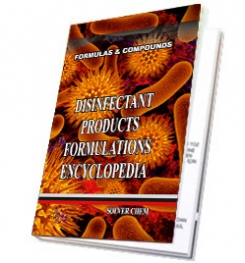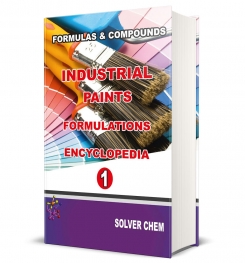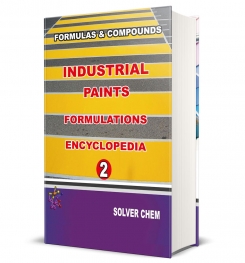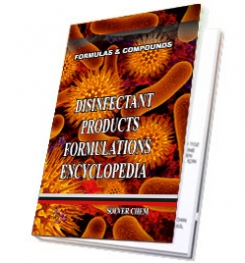Glutaraldehyde is a potent virucidal agent. It reduces the activity of hepatitis B surface antigen (HBsAg) and especially hepatitis B core antigen ([HBcAg] in hepatitis B virus [HBV]) and interacts with lysine residues on the surface of hepatitis A virus (HAV). Low concentrations (<0.1%) of alkaline glutaraldehyde are effective against purified poliovirus, whereas poliovirus RNA is highly resistant to aldehyde concentrations up to 1% at pH 7.2 and is only slowly inactivated at pH 8.3. In other words, the complete poliovirus particle is much more sensitive than poliovirus RNA. In light of this, it has been inferred that glutaraldehyde-induced loss of infectivity is associated with capsid changes.
Glutaraldehyde at the low concentrations of 0.05 and 0.005% interacts with the capsid proteins of poliovirus and echovirus, respectively; the differences in sensitivity probably reflect major structural variations in the two viruses.
Bacteriophages were recently studied to obtain information about mechanisms of virucidal action. Many glutaraldehyde-treated P. aeruginosa F116 phage particles had empty heads, implying that the phage genome had been ejected. The aldehyde was possibly bound to F116 double-stranded DNA but without affecting the molecule; glutaraldehyde also interacted with phage F116 proteins, which were postulated to be involved in the ejection of the nucleic acid. Concentrations of glutaraldehyde greater than 0.1 to 0.25% significantly affected the transduction of this phage; the transduction process was more sensitive to the aldehyde than was the phage itself. Glutaraldehyde and other aldehydes were tested for their ability to form protein-DNA cross-links in simian virus 40 (SV40); aldehydes (i.e., glyoxal, furfural, prionaldehyde, acetaldehyde, and benzylaldehyde) without detectable cross-linking ability had no effect on SV40 DNA synthesis, whereas acrolein, glutaraldehyde, and formaldehyde, which formed such cross-links, inhibited DNA synthesis.
AND
PRODUCTION PROCESS

|
|

|
|

|
|

